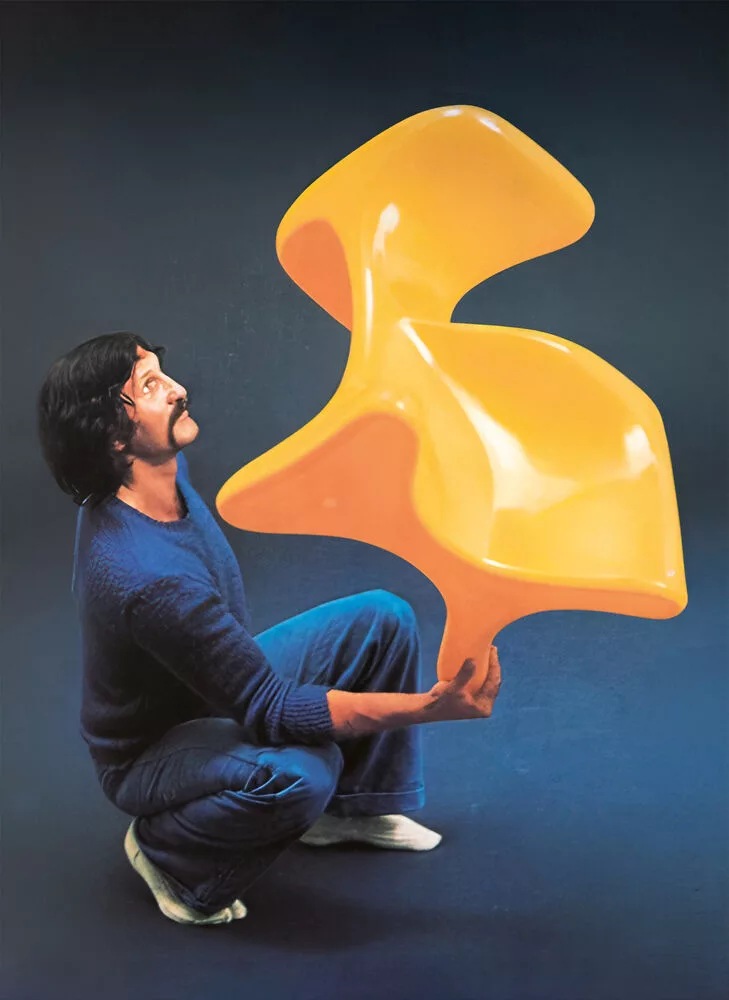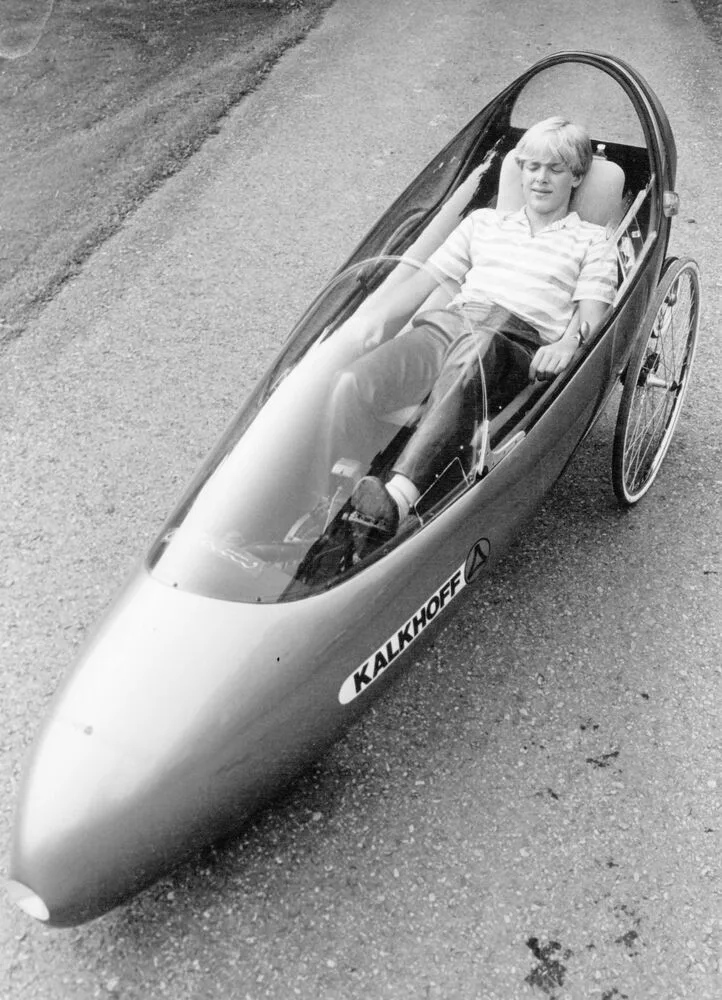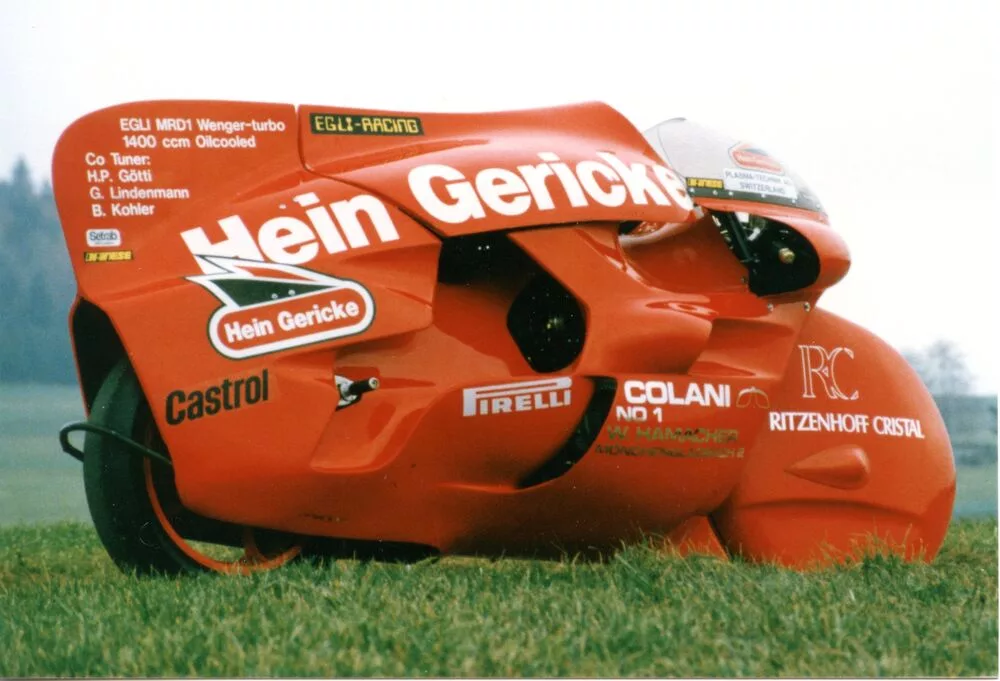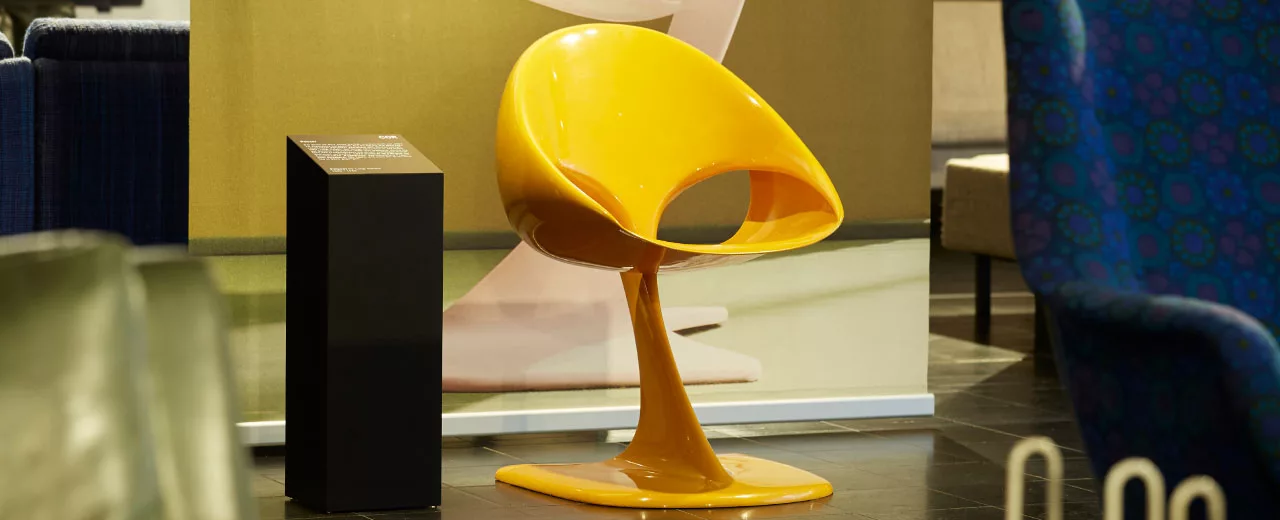A pioneer of futuristic design and a courageous visionary, Luigi Colani shaped the 1960s and 1970s with his organic, aerodynamic designs. Marta Herford is now devoting an exhibition to the enfant terrible of industrial design.



There was a time when there seemed to be no limit to the imagination. Back then, Luigi Colani designed the future as a colourful kaleidoscope of biomorphic, organoid and flow-optimised fantasies. He developed visions early on, designing electric vehicles, modular forms of housing and urban designs based on more flexible models of living. It is impossible not to recognise the charismatic and controversial enfant terrible of industrial design as a typical child of the pop era and the self-proclaimed heir of electric line design. Colani got his start as a designer in the field of automotive and aerospace engineering. Aerodynamics, efficiency and material research were the guiding principles of his ideas. What at first glance appears playful and eccentric is not only the result of biodesign inspired by nature, but also highly functional and designed to optimise interaction with the human body.
In the exhibition ‘Luigi Colani – Forms of the Future’, Marta Herford will be following in the footsteps of the innovative designer and aerodynamicist from 1 December to 2 March 2025. In the 1960s and 1970s, Colani lived in East Westphalia, where he created everyday objects and exclusive designs for well-known companies in the kitchen and furniture industry. The exhibition therefore has a strong regional flavour, with part of the show supplemented by objects from the designer’s private collection (‘Bring Your Own Colani’).
Colani deliberately set himself apart from the prevailing straightforward design trends. From today’s perspective, his approaches seem visionary, because he took the forces and forms of the natural environment and translated them into design. One example is the 1986 Egli-Colani, a racing machine with a streamlined fairing that incorporated the front wheel and rider as part of the fairing, creating a symbiosis of man and machine. In his 1971 design manifesto ‘Ylem’, a collection of designs and statements, he wrote: ‘Only a new type of man, who in the next generation will have recognised and abolished the dictatorship of the ruler […], can engage in the construction of new residential agglomerations with any hope of success.
The exhibition, curated by guest curators Tobias Henschen and Julian Puszcz (Zweieckig design studio) and Prof Tim Brauns (TH OWL), includes everything from bicycles and racing bobsleds to prototypes of the Pierce Arrow concept car. Colani’s drinking glass with a recessed grip is also on show, as are computers and televisions, dynamic seating furniture, bathroom furnishings, designs for ski suits and objects for the education sector, such as furniture for children that grows with them and his ‘learning egg’, with which Colani realised his idea of a functional space capsule for computer-assisted learning situations.

Luigi Colani. Shapes of the future
Marta Herford
Museum for Art, Architecture, Design
01.12.2024 – 23.03.2025
Share on Social Media



